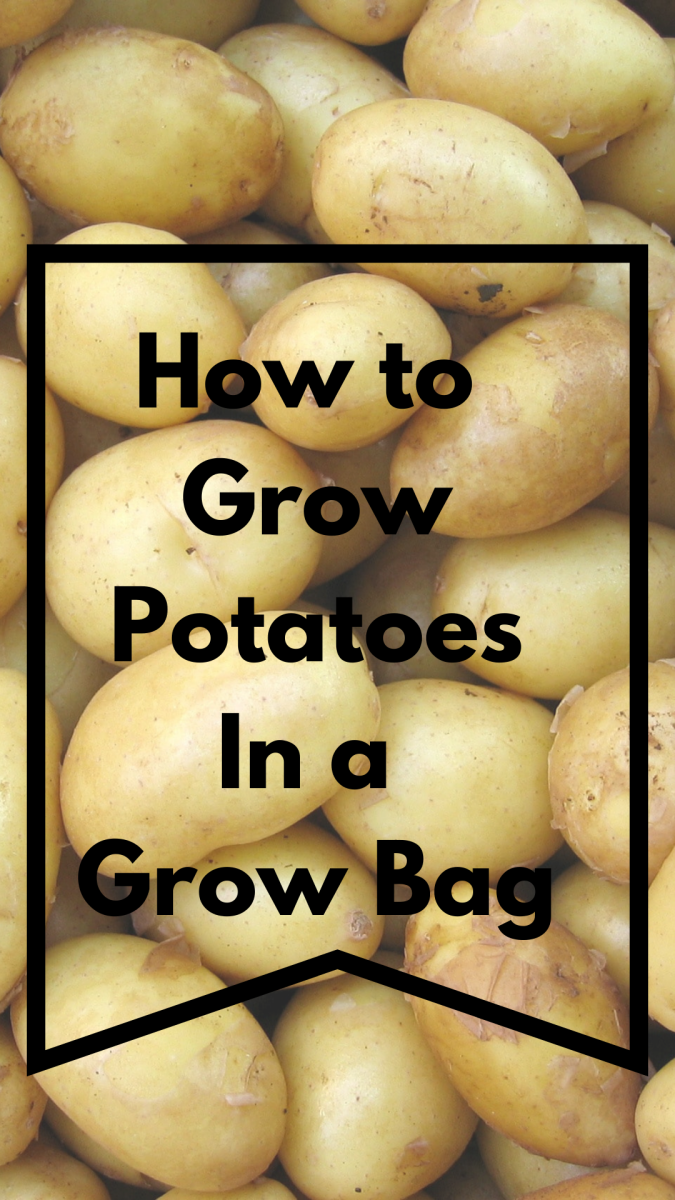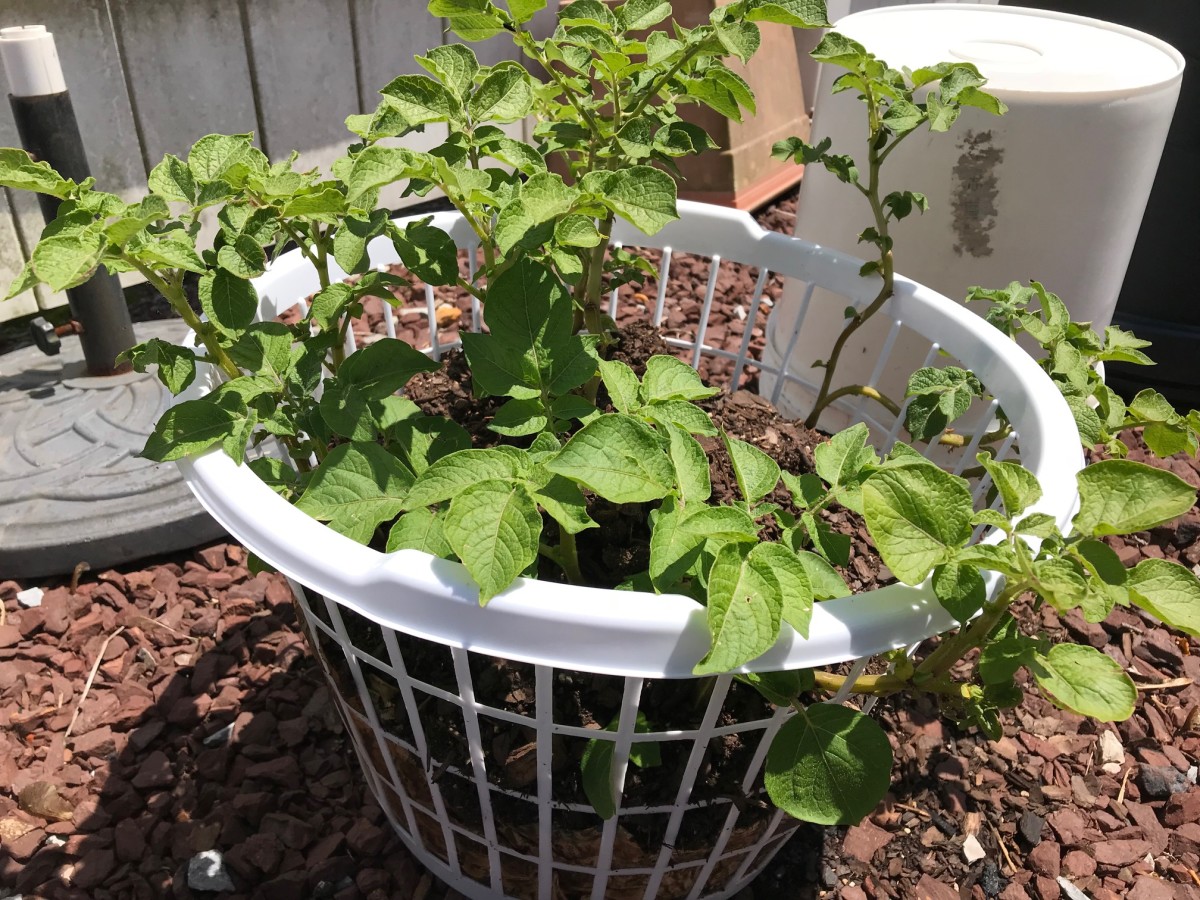How to Grow Kohlrabi
What is Kohlrabi?
Here in the U.S. Kohlrabi isn't a very popular or common vegetable unless you shop at a grocery store that carries a lot of ethnic vegetables. I recently bought a few Kohlrabi at my local grocery store and had several shoppers come up to me asking me what it was and how to prepare it. It is sad that this vegetable is so unknown. It has great flavor and can be used in several different ways. I'm just glad someone was asking about it! At least these few shoppers were willing to try something new!
A member of the Brassica family of vegetables (Broccoli, Cauliflower, Brussels Sprouts, Cabbage and Kale being some others), Kohlrabi is sometimes referred to as German Turnip or Turnip Cabbage.
These interesting, Dr. Seuss looking plants come in shades of pale green or purple and can be eaten raw or cooked. The bulb as well as the leaves are eaten in both German/Eastern European cultures and Indian (East Asian) cultures.
The flavor of the flesh is a cross between a mild broccoli stem and cabbage, with a sweet undercurrent. Raw, they have the texture and crunch like Jicama.
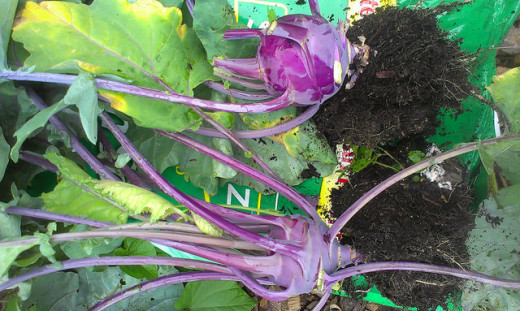
Kohlrabi Origins
No one really knows how Kohlrabi came into existence. Theories suggest it was bred from the Mallow Cabbage and cultivated around the 16th Century. Other theories suggest it was cultivated much earlier, in Roman times because of similar visual descriptions found in some Roman texts.
Whatever the case may be, Kohlrabi is most popular in German cooking, where is it commonly used in stews, soups and cream sauces.
Have you ever tried Kohlrabi ?
How to Grow Kohlrabi
Kohlrabi is super easy to grow from seed. Direct sow in the spring when temperatures have reached 50 degrees and around 7 to 8 weeks before the last frost date for your area. Sow seeds in full-sun 1/2 inch deep and 1 inch apart. It generally takes about 14 days to germinate, but can take a bit longer if daytime temps are too low or inconsistent.
Once they are germinated, they take about 55 to 60 days to mature. You will want to harvest when the bulbs reach no more than about 3 inches in diameter. If left to get bigger, the bulb will be more woody and bitter.
To harvest, use a knife and cut the bulb about an inch below the bottom. Store bulbs in the crisper drawer. They last about 3 weeks in the fridge.
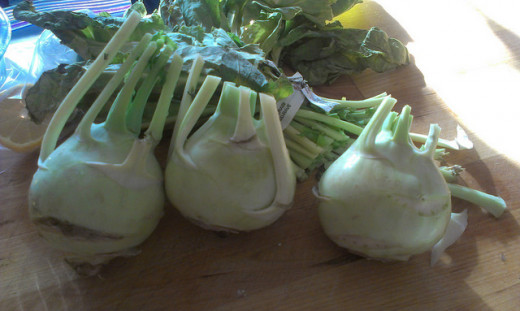
Possible Problems
Kohlrabi is a very hardy vegetable that doesn't have many potential problems associated with it. Two potential problems that come to mind are slugs and cabbage moths, although I have seen neither in my garden.
Slugs can be combatted easily by either hand-picking, putting copper wire around your plants or using a product like Sluggo.
Cabbage Moths are more of a problem in other brassicas i.e. Broccoli and Cabbage, but occasionally can be seen in Kohlrabi as well. They are green and hard to find unless you are specifically looking for them. They blend in well on the underside of leaves.
You have a few options to combat them; pick them off and smash them, use a chemical agent like BT if you have a heavy infestation or use a "home remedy" that some people swear by:
Crush and mince 3 cloves of fresh garlic in 2 tablespoons of olive oil, add 1 tablespoon of chili powder, and add to 1 gallon of water. Let sit for 24 hours or more. Put the mixture into a spray bottle and spray your plants. You will need to reapply the mix after a heavy rain. I have personally never tried this method, but others have with good results.

Did You Know?
The bulbs of the Kohlrabi are actually the swollen stems of the plant.
Some Popular Varieties
The most common varieties available on the market today are the White Vienna and Purple Vienna*, which grow to a diameter of 2 to 3 inches. There are also some larger varieties; Grand Duke and Gigante, both grow to 5 inches in diameter or more.
*The purple varieties have the same cream colored flesh as the other varieties.
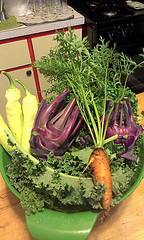
How to Prepare Kohlrabi
Despite it being in the brassica family, Kohlrabi is a very versatile vegetable because of it's mild flavor profile.
Peel the exterior skin with a knife of vegetable peeler. The skins are tough and not eaten.
- You can use it raw, chopped in salads.
- The young leaves can be steamed or sautéed like chard or kale with a much less bitter flavor than both.
- Peel, boil until tender and use as a substitute for mashed potatoes.
- Use in soups or stews, replacing root vegetables like potatoes.
- Bake or Roast in the oven with spices and olive oil until golden brown.
- Pickle or brine with carrots and other vegetables.
Nutritional Information
Calories
| 27
|
|---|---|
Carbohydrate
| 6.2g
|
Sugars
| 2.6g
|
Fiber
| 3.6g
|
Fat
| 0.1g
|
Protein
| 1.7g
|
Vitamin C
| 62mg
|
Calcium
| 24mg
|
Magnesium
| 19mg
|
Phosphorus
| 46mg
|
Potassium
| 350mg
|
Sodium
| 20mg
|
*based on 3.5 Oz Serving Size
Quick Recipe for Kohlrabi Slaw
Over the weekend, I made some tacos and wanted something crunchy and healthy to put on top, so I took some left-over Kohlrabi I had on hand and decided to make a slaw with it. It came out great and provided a nice crunch. It was a good substitute for Jicama.
You will need:
- 3 or 4 Kohlrabi bulbs, Julienned
- 1/4 cup of fresh squeezed lime juice
- Salt to taste
- 1 teaspoon of fresh ground black pepper
- 1 tablespoon each of ground cumin and chili powder
- 1 large bunch of fresh chopped cilantro
Combine all ingredients in a bowl and chill in the fridge for at least an hour to let the flavors mingle. Serve as is or add it on top of tacos for an extra crunch!
Was this article helpful?
© 2014 Lisa Roppolo


![Brassicas: Cooking the World's Healthiest Vegetables: Kale, Cauliflower, Broccoli, Brussels Sprouts and More [A Cookbook]](https://m.media-amazon.com/images/I/51h1AyBcS9L._SL160_.jpg)

